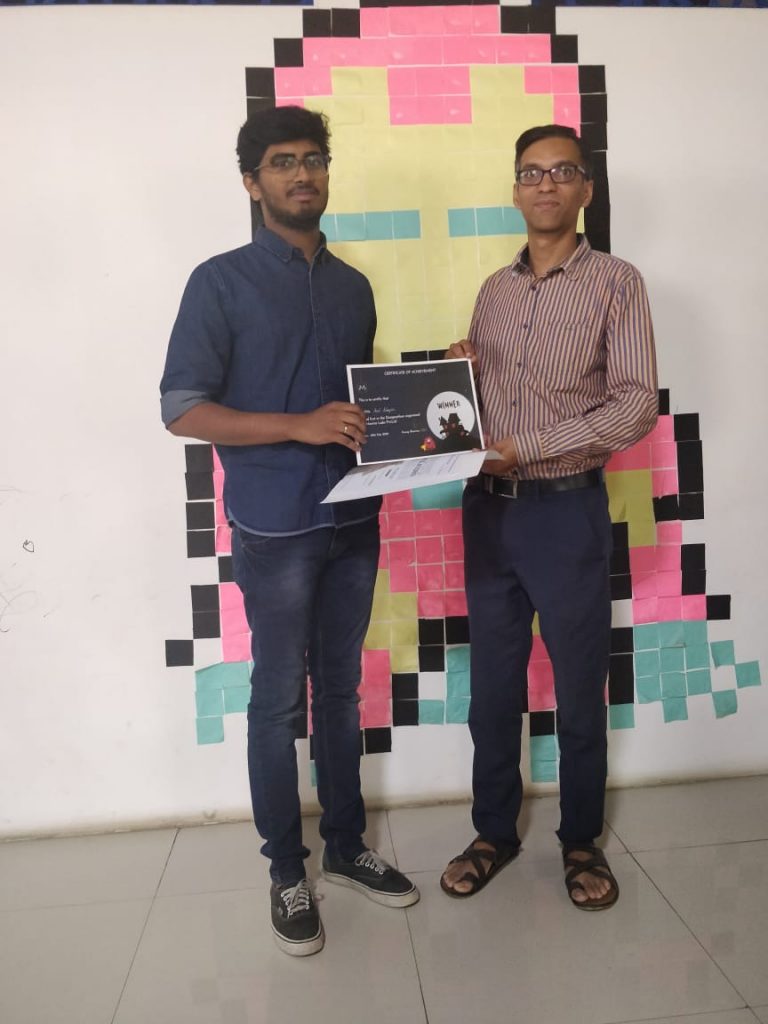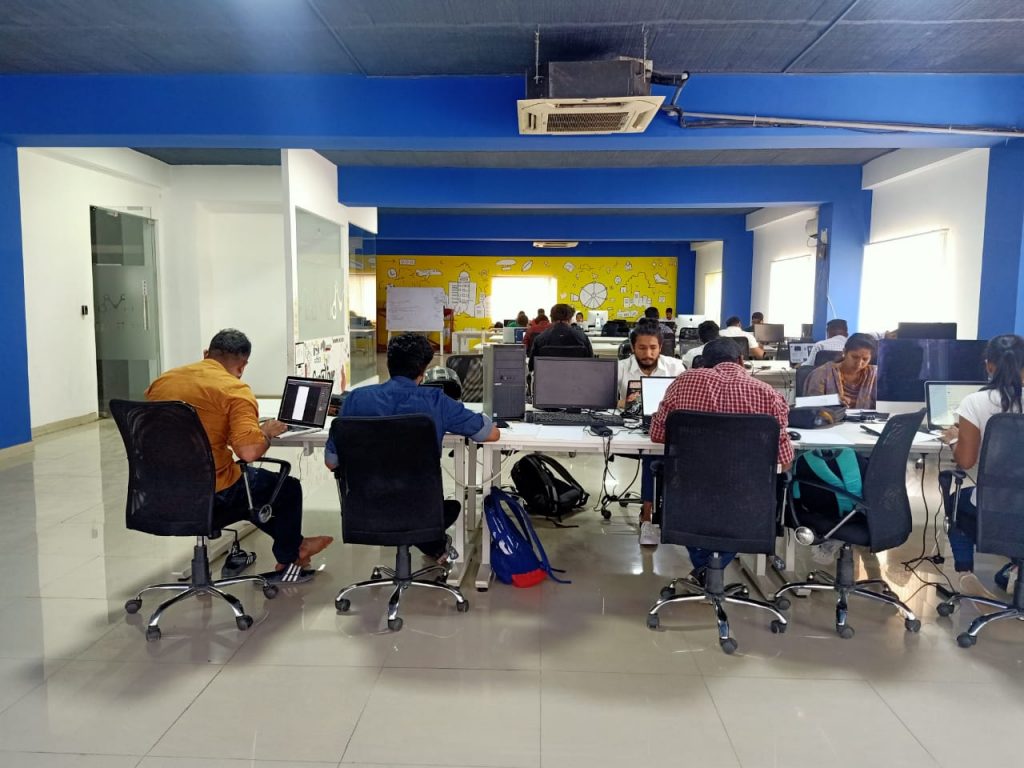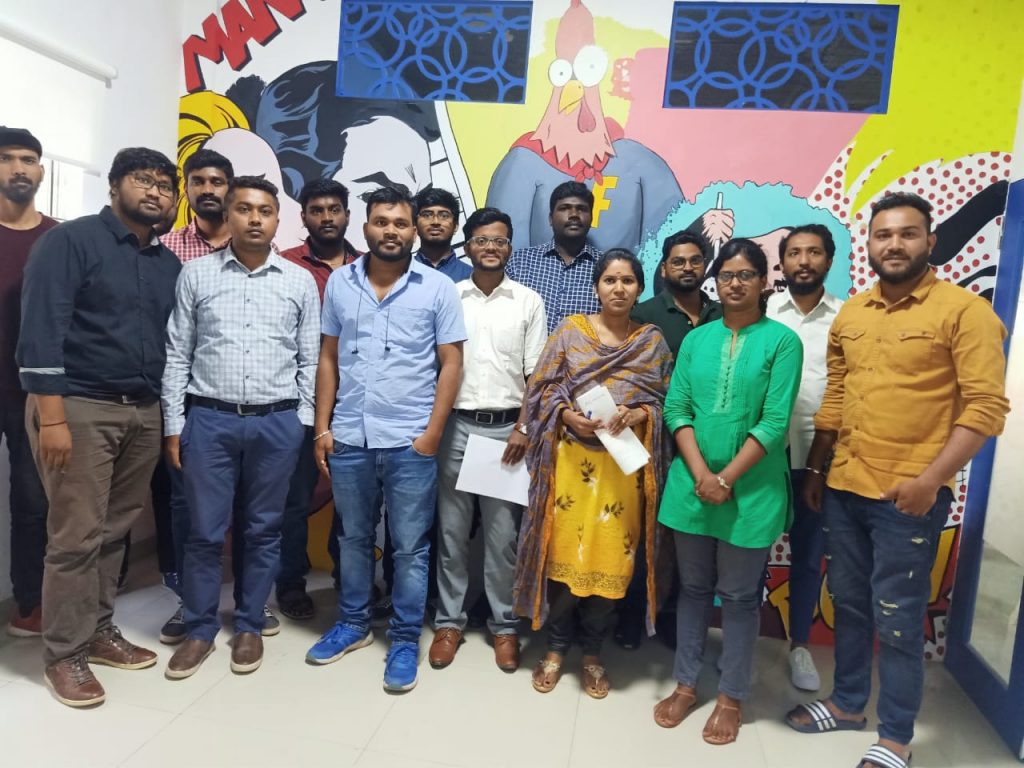We at Mantra Labs believe that design, just as equally as technology, plays an important role in creating an impact for a brand. A lot of work goes into creating a brand and conveying its story. We believe in creating cutting-edge UI/UX that allows our clients to offer intuitive experiences for their customers and creating new value for them.
Our designers take a holistic view of the user’s challenge for every customer-centric project. Along with understanding the company, it’s marketing strategy and communication, a lot of research about the brand and its users goes into the actual design process. We focus on creating practical designs to bring about functional aesthetics for every challenge we solve.
Design Challenge of the Day
And that’s what we look for in designers. On 29th February 2020 Mantra Labs organized a Designathon event at its Bangalore office looking for young, creative talent. The weekend kick-started on a high note with a great turnout of designers for the ‘Design Challenge of the Day’. The designers were presented with two problems, of which they had to choose one –
- Design an intuitive Mobile application for a chain of hospitals used by patients for booking appointments, buy health packages and check reports for themselves or their family.
- Design an intuitive Mobile application for airport passengers which can help them by guiding, interacting and engaging them.
Each designer involved was asked to come up with complete wireframes for the process and two screens with visual design, with 3 hours to solve and then present their work. Each person dived straight into the problem and came up with unique and interesting solutions for the given task. While some brainstormed, others took to sketching out their thought process.
The Stunning UI/UX Designs
Although the design challenge was tough, everyone did an amazing job. However, there was one person who stood apart from the rest. Mr. Alan Aloysius picked the first assignment – mobile application design for a chain of hospitals. While everyone was brainstorming amongst themselves, he sketched out his ideas on the paper. He focused on making the screens for the app and dedicated most of the time for it. Even though the wireframes were not complete, his presentation showed his clear line of thought on flow and visual design. And hence, he was declared the winner and was awarded a certificate and a cash prize of Rs.5000/-.

Mr. Aravind Raj, who was declared the runner up also picked the first assignment. His strategy was to focus on the wireframes which left him little time for the visual designs. Despite this, he demonstrated a lot of potential through his work. His presentation showcased his confidence, positive attitude and his clear thought process on the design flow. Considering the above points, Mr. Aravind Raj has adjudicated the runner-up and was presented with a certificate.

Post the UI/UX Design Challenge event, all the participants relaxed, networked and helped themselves with some delicious refreshments.

At the event, we saw a lot of creative potential in people. We at Mantra Labs believe in nurturing talent by giving them real opportunities. We believe that good mentoring, dynamic work culture and the right platform helps in the professional and personal growth of an individual.
If you are looking for a cohesive and vibrant work culture to join, drop in your portfolio at hello@mantralabsglobal.com and we’ll get back to you.
Also, check out the recent events at Mantra
Knowledge thats worth delivered in your inbox




